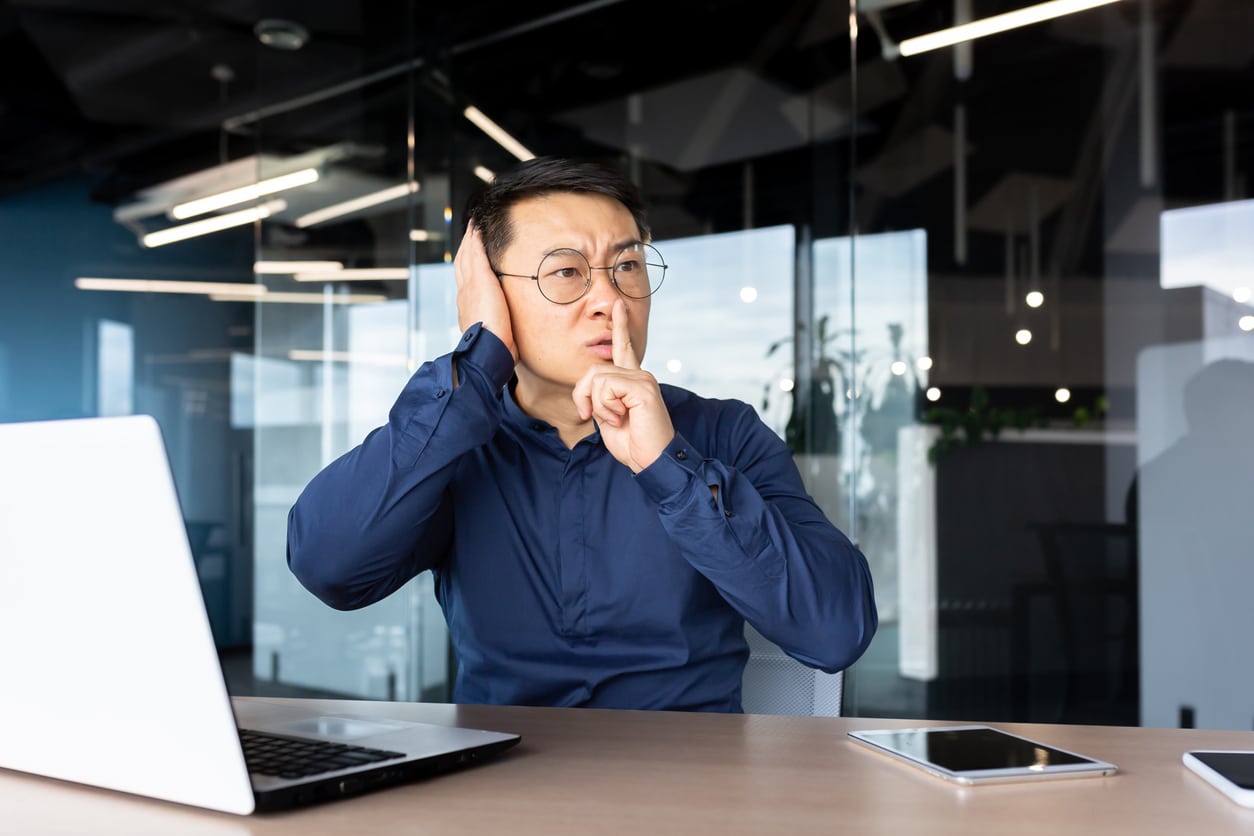After spending a noisy evening out at The Old Post, enjoying a lively concert or a booming movie, it’s not uncommon to find oneself grappling with somewhat dulled hearing and a persistent ringing in the ears. This experience, known as a temporary threshold shift, signifies a short-term alteration in our hearing threshold, a condition that usually reverts to normal after a brief period.
Understanding the Impact of Loud Sounds on Hearing
As sound waves enter your ears, they navigate through the outer and middle ear before finally arriving at the cochlea nestled in the inner ear. Fluid in the cochlea vibrates in response to the sound waves, activating delicate hair cells that transform these vibrations into electrical impulses. These impulses are sent to the brain’s auditory center, where they are interpreted as sound.
Similar to the fatigue we feel after an extended period of work, these hair cells can also suffer from overexertion due to excessive noise. While they efficiently process normal, everyday sounds, loud noises can overstress these cells, potentially damaging them and manifesting as temporary threshold shifts.
The Risk of Permanent Hearing Loss

While the immediate aftermath of a temporary threshold shift might seem inconsequential, it’s crucial to understand that continuous or repeated exposure to high noise levels can result in irreversible hearing damage. From birth, we’re equipped with approximately 16,000 hair cells in the cochlea. It’s estimated that a loss of 30% to 50% of these cells is needed before permanent hearing loss is detectable by standard hearing evaluations. While 30% to 50% may seem like a lot, hair cells can die faster than you think.
Proactive Measures for Hearing Preservation
Adopting preventive strategies is essential to safeguard against the permanent damage caused by noise-induced stress on the hair cells. Here are some effective measures to consider:
Earplugs
In noisy environments, earplugs can provide a protective barrier, diminishing the intensity and force of sound reaching the inner ear.
Regulating Volume
Maintaining the volume of personal audio devices below 85 decibels is recommended to prevent overexposure to harmful sound levels.
Promoting Workplace Safety
In work settings where noise levels exceed an 8-hour time-weighted average of 85 decibels, employers must adhere to OSHA mandates by offering suitable hearing protection gear. If your workplace is not providing OSHA-mandated hearing protection, don’t be afraid to advocate for your own and your coworkers’ hearing health.
Scheduling Hearing Assessments
Regular consultations with an audiologist can help monitor hearing health, enabling early detection and intervention for any auditory concerns.
Embracing these protective strategies can significantly reduce the likelihood of temporary hearing changes evolving into permanent loss. For further information on maintaining hearing health, contact Western Montana Hearing and Speech to schedule a consultation with a hearing specialist.